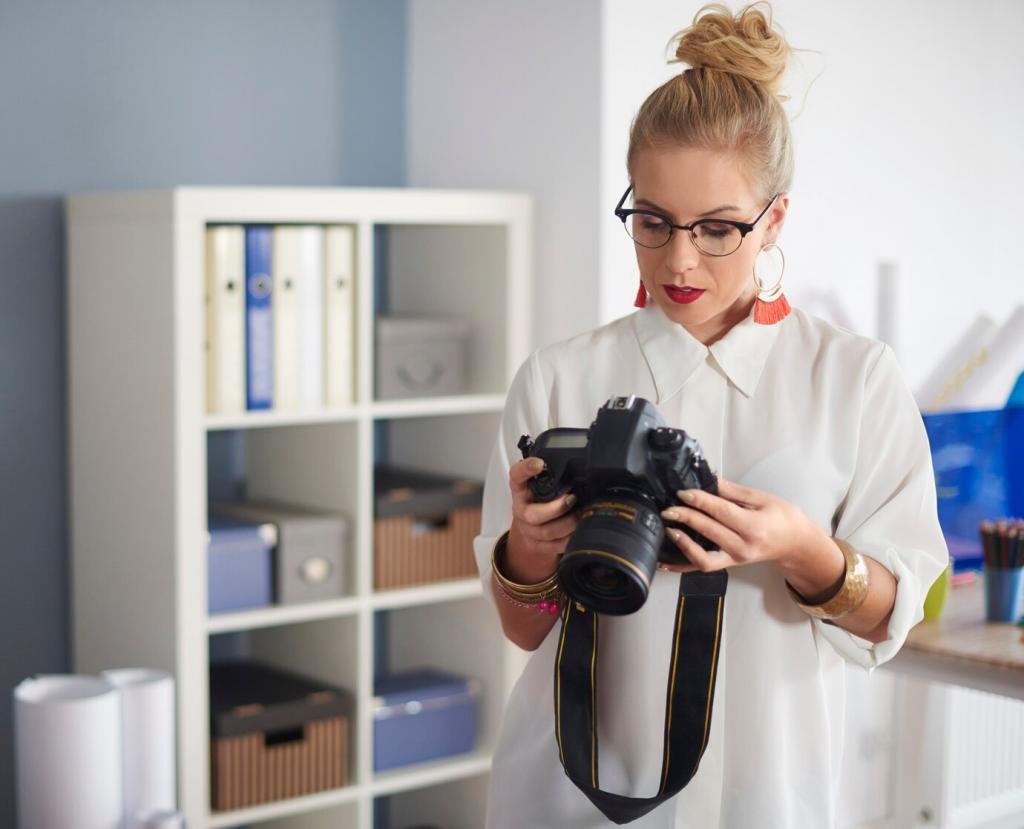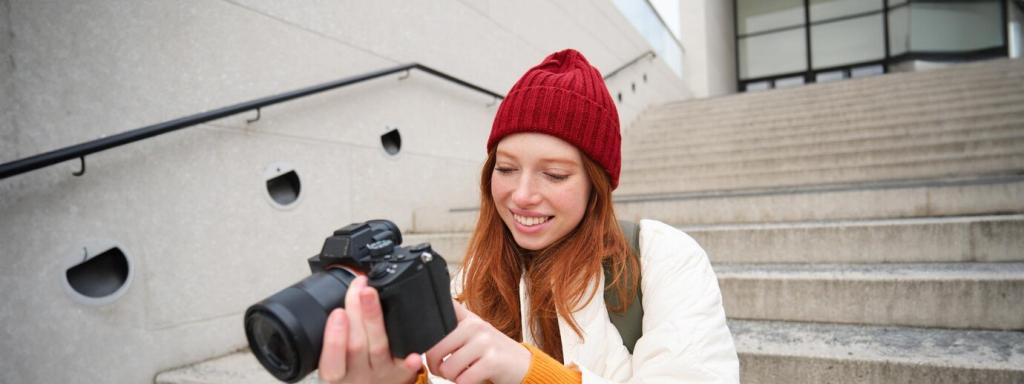The Exposure Triangle, Simply Explained
A wide aperture like f/1.8 blurs backgrounds for dreamy portraits; a narrow aperture like f/11 keeps landscapes sharp. Start by photographing the same scene across apertures and compare how the mood changes as the depth of field shifts.
The Exposure Triangle, Simply Explained
Fast speeds freeze action; slow speeds reveal motion. I once captured a skateboarder mid‑kickflip at 1/1000s, then tried 1/15s to paint streaks of wheels. Both told different stories—share which look you loved more.





